Sustainable Costume Design for motherEarth International
Some of you may not know that when I’m not working on Made My Wardrobe I work in Costume for theatre, dance and film. Costume is how I first got into sewing. Telling stories is what I’ve always loved about making clothes.
As the theatres (that survived) re-open post-lockdown and I start to get offered costume jobs again (thank you!), I want to redefine how I design and make costumes, with an emphasis on that process being as sustainable as possible.
Over the last few months I’ve been working on a project called motherEarth international produced by ThisEgg and funded by the British Council. motherEarth international is a series of new dance films responding to the climate and ecological crisis bringing together artists from the UK, Ukraine, Taiwan, Brazil, Argentina, India, Mexico, Indonesia and Denmark. I was asked by Josie who runs ThisEgg to design and make the costumes for the UK-based dancers and work with the Costume Designers based in the other eight countries to make sure the costumes felt cohesive. This felt like the perfect opportunity to collaboratively explore the most sustainable costume making practices we could.
We began by setting ourselves some parameters…
Use 100% Recycled Fabrics
Use Natural Dye rather than Chemical Dye on Fabrics
Use Zero Waste pattern Cutting where possible
Consider the after-life of the Costumes
I highlighted four techniques that I encouraged the collective of Costume Designers to explore; Natural Dye, Patchwork, Visible Mending and Pleating. I hoped these would help us create visually rich costumes whilst staying sustainable, but I also hoped the Costume Designers would be able to use techniques rooted in their own textile traditions.
We were lucky enough to have Nadine Wilde who is a natural dye specialist on hand to advise us on natural dye techniques and help us find native plants, flowers and food waste. We also worked with Eleanor Warr who is an Environmental Sustainability Consultant to help us navigate and record our environmental footprint.
Once we knew what techniques we wanted to use, we collected a series of images that would become a mood board for the film we wanted to create. Focusing on colour, texture and form, the visual language of the film began to emerge and creative juices started to flow.
Next, I began designing and making the costumes for the dancers based in the UK. My first task was finding the recycled fabric. I asked around my networks and quickly struck gold with my colleague Jamilla (who some of you may have met on our workshops). She also works for The Prince’s Foundation and they had been donated a massive pile of old curtains from various royal palaces. The Prince’s Foundation wanted to keep the printed curtain fabrics for their own workshops but said we could have all the linings which were large pieces of un-dyed cotton & silk - perfect for adding natural pigments to!
I started gathering food & plant waste to dye the fabrics and quickly filled jars with onion skins, marigold flowers, rose petals, turmeric, foraged blackberries and anything else I could get my hands on that I thought might make a strong colour.
Before dyeing I washed and scoured the curtain linings. You would not believe how much grub came out of them!
I used a combination of dye baths and steaming bundle dyes to get rich colours. I over-dyed some of the fabrics three times. The less sustainable side of natural dying is the water and gas usage. The dyes have to bubble away for an hour minimum. However, I would argue, knowing we weren’t pouring anything toxic down the plug hole at the end outweighs the negatives.
The result were WILD! I couldn’t believe how beautiful the colours came out. As soon as the fabrics were dry I started sewing up the garments.
I met the dancers in London the day before we were due to film, did a quick fitting in between their final rehearsals and then we met at sunrise the next morning to begin the shoot. I thanked my lucky stars everything fit and all the dancers felt comfortable in what I had made.
As a case study for sustainable costume design I achieved my aim of using 100% recycled fabrics, natural dyes and did as much zero waste pattern cutting as I could. Any scraps that were left over I’ve bundled up to be made into a quilt. I don’t think the aesthetic of the costume was compromised in any way by using sustainable practices. If anything the colours are far more beautiful than if I had used synthetic dyes. I also loved seeing what directions the other Designers took their costumes in. If you would like to watch the final film including dancers from Taiwan, Brazil, Argentina, India, Mexico, Indonesia, Denmark & the UK it will be available on http://www.motherearthinternational.org/films and https://screen.homemcr.org/event/better-late-than-never/ until 7th January 2023. The film will also be shown at COP27 in Egypt.
Thanks to Camilla Greenwell for the beautiful photography. For links to our reference images check out our Pinterest below. Thanks as ever to Josie Dale-Jones for your care and collaboration.

















